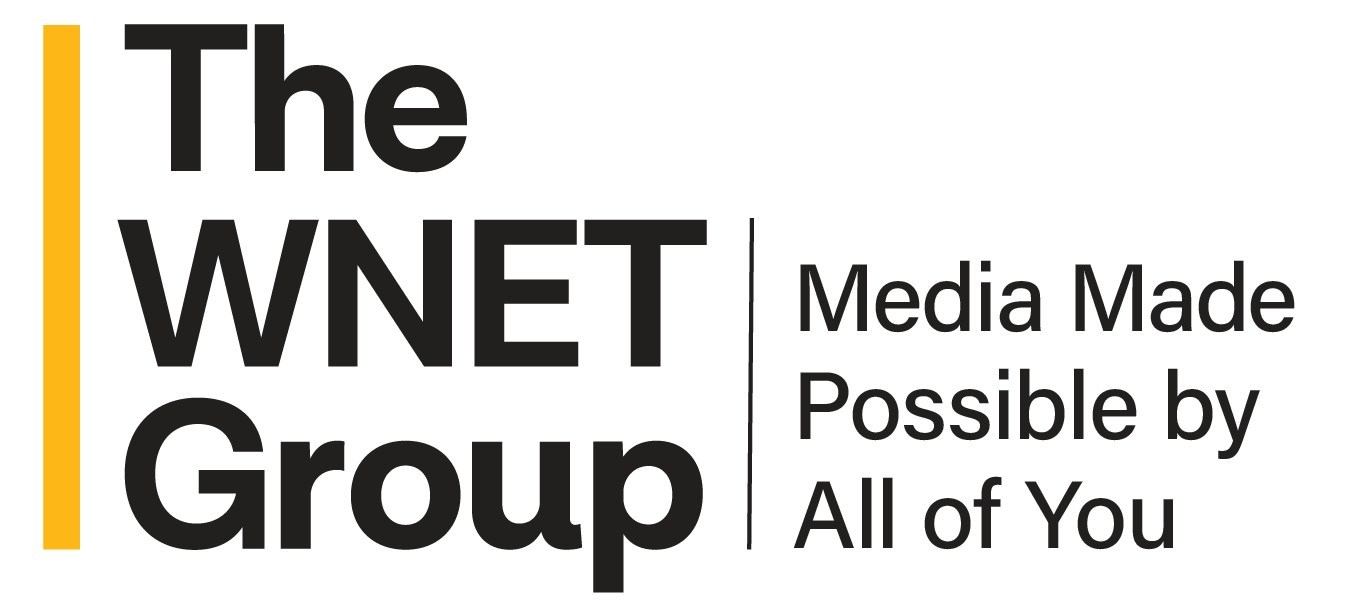FCC Moves Ahead on 1.7 GHz Spectrum Auction
FCC Chairman Julius Genachowski notified the NTIA this week that it plans to being auctioning off licenses in the 1695-1710 MHz band and the 1755-1780 MHz band as early as September 2014.
This may seem premature, but the CSEA that the NTIA be notified at least 18 months prior to the commencement of any auction of eligible frequencies.
The FCC however, is beginning the process as noted in Genachowski's concluding statement: “…we emphasize that this notice does not replace the normal coordination process that will occur between the FCC and NTIA, which will include the usual process of circulating draft rulemakings to the Interdepartmental Radio Advisory Committee (IRAC). I have directed Commission staff to draft such rulemakings as soon as possible, consistent with all applicable laws. To the extent that NTIA, following consultation with CSMAC, targets reallocation of the entire 1755-1850 MHz band for non-federal use, we will address service rules for the upper portion of the band.”
As I reported two weeks ago (see CTIA Proposes Using 2 GHz BAS Spectrum for Broadband), CTIA (“The Wireless Association”) wants the FCC to take the top 15 MHz (2095-2110 MHz) from the 2 GHz Broadcast Auxiliary Service (BAS) band and pair it with the 1695-1710 MHz band. CTIA said in its proposal the auction of BAS spectrum band could begin as soon as Aug. 2014. If it is to be paired with 1695-1710 MHz, it looks like they may have to wait a month.
Get the TV Tech Newsletter
The professional video industry's #1 source for news, trends and product and tech information. Sign up below.

Doug Lung is one of America's foremost authorities on broadcast RF technology. As vice president of Broadcast Technology for NBCUniversal Local, H. Douglas Lung leads NBC and Telemundo-owned stations’ RF and transmission affairs, including microwave, radars, satellite uplinks, and FCC technical filings. Beginning his career in 1976 at KSCI in Los Angeles, Lung has nearly 50 years of experience in broadcast television engineering. Beginning in 1985, he led the engineering department for what was to become the Telemundo network and station group, assisting in the design, construction and installation of the company’s broadcast and cable facilities. Other projects include work on the launch of Hawaii’s first UHF TV station, the rollout and testing of the ATSC mobile-handheld standard, and software development related to the incentive auction TV spectrum repack. A longtime columnist for TV Technology, Doug is also a regular contributor to IEEE Broadcast Technology. He is the recipient of the 2023 NAB Television Engineering Award. He also received a Tech Leadership Award from TV Tech publisher Future plc in 2021 and is a member of the IEEE Broadcast Technology Society and the Society of Broadcast Engineers.
